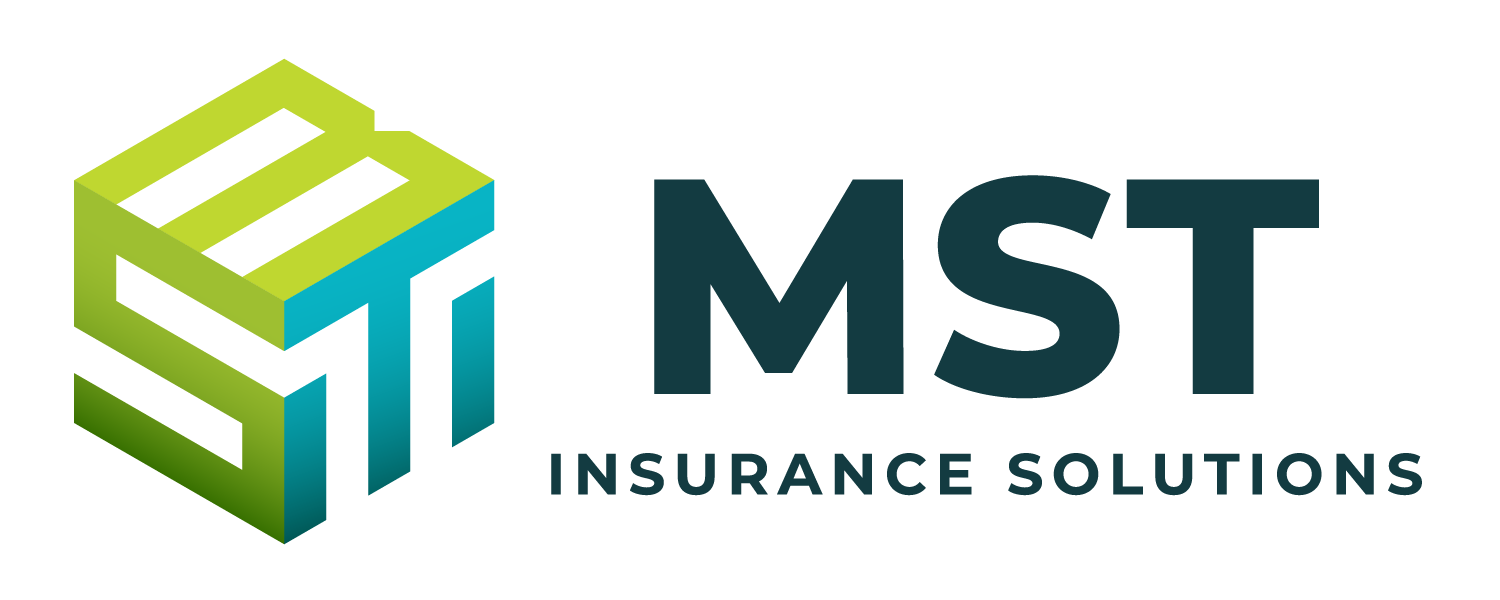Section 1557 of the Affordable Care Act prohibits discrimination based on race, color, national origin, sex, age or disability in certain health programs and activities. Section 1557 has been in effect since its enactment in 2010, with the U.S. Department of Health and Human Services’ (HHS) Office of Civil Rights (OCR) enforcing the provision.
The rules and guidance HHS has published to implement Section 1557 have been the subject of numerous lawsuits, dating back to when initial regulations were issued in 2016. On April 26, 2024, OCR issued its latest final rule implementing Section 1557, which expands the scope of prior regulations.
While the final rule generally becomes effective July 5, 2024, the applicability dates of certain provisions vary. This Compliance Overview provides a timetable of the delayed applicability dates for specific requirements of the final rule.
Action Steps
- The final rule is likely to trigger additional lawsuits. As a result, plan administrators and issuers should monitor all legal developments in consultation with benefits counsel and work closely with their benefits advisors in complying with their Section 1557 obligations.
- The latest updates can be found on OCR’s Section 1557 webpage.
Section 1557 Applicability Table
The final rule becomes effective July 5, 2024. However, delayed applicability dates for certain provisions apply, as specified in the table below.
Special Note: The deadlines below have been applied using the special counting rules enumerated in Title 1, Code of Federal Regulations, Part 18, Section 17 (1 CFR § 18.17). This section states, in relevant part, that for purposes of computing effective dates, where the final count would fall on a Saturday, Sunday or holiday, the date certain will be the next succeeding federal business day.
| Section 1557 Provision | Compliance Deadline | |
| § 92.7 Section 1557 Coordinator
Covered entities with 15 or more employees must designate at least one employee to serve as a “Section 1557 Coordinator” to coordinate their compliance efforts and carry out their Section 1557 responsibilities. |
Nov. 4, 2024 | |
| § 92.8 Policies and Procedures
Covered entities must implement written policies and procedures that are designed to comply with the final rule’s requirements. Covered entities with 15 or more employees must also implement written grievance procedures. |
July 7, 2025 | |
| § 92.9 Training
Covered entities must train relevant employees on the civil rights policies and procedures required above in accordance with the final rule. |
Following the implementation of the policies and procedures required by § 92.8, and generally no later than May 1, 2025* | |
| § 92.10 Notice of Nondiscrimination
Covered entities must provide and post a notice informing individuals of their civil rights under Section 1557 that meets certain content requirements. |
Nov. 4, 2024 | |
| § 92.11 Notice of Availability of Language Assistance Services and Auxiliary Aids and Services
Covered entities must provide a notice informing individuals that free language assistance services and auxiliary aids and services are available to protect individuals with limited English proficiency (LEP) and individuals with disabilities. The notice must be provided in the top 15 languages spoken by individuals with LEP in the relevant state(s) where the entity operates. Sample notices in English and 47 other languages are available, which are optional to use (providers can also create their own notices). |
July 7, 2025 | |
| Section 1557 Provision | Compliance Deadline | |
| § 92.207(b) Nondiscrimination in Health Insurance Coverage and Other Health-related Coverage (Benefit Design Changes)
In providing or administering health insurance coverage or other health-related coverage, a covered entity must not: 1) Deny, cancel, limit or refuse to issue or renew coverage, deny or limit coverage of a claim, or impose additional cost sharing or other limitations or restrictions on coverage on the basis of race, color, national origin, age, disability, sex (including the individual’s sex assigned at birth, gender identity, or gender otherwise recorded) or any combination thereof; 2) Have or implement marketing practices or benefit designs that discriminate on these bases; 3) Deny or limit coverage, deny or limit coverage of a claim, or impose additional cost sharing or other limitations or restrictions on coverage, to an individual based upon the individual’s sex assigned at birth, gender identity, or gender otherwise recorded; 4) Have or implement a categorical coverage exclusion or limitation for all health services related to gender transition or other gender-affirming care; 5) Otherwise deny or limit coverage, deny or limit coverage of a claim, or impose additional cost sharing or other limitations or restrictions on coverage for specific health services related to gender transition or other gender-affirming care if such denial, limitation, or restriction results in discrimination on the basis of sex; or 6) Have or implement benefit designs that do not provide or administer coverage in the most integrated setting appropriate to the needs of qualified individuals with disabilities, including practices that result in the serious risk of institutionalization or segregation. |
For requirements 1-5, July 5, 2024, unless the coverage is newly subject to these requirements; in that case, compliance is required by the first day of the first plan year beginning on or after Jan. 1, 2025
For requirement 6, by the first day of the first plan year beginning on or after Jan. 1, 2025 |
|
| § 92.210(b) and (c) Use of Patient Care Decision Support Tools
This provision imposes an ongoing duty on covered entities to make reasonable efforts to identify uses of patient care decision support tools in its health programs or activities that employ input variables or factors that measure race, color, national origin, sex, age or disability. For each support tool identified, a covered entity must make reasonable efforts to mitigate the risk of discrimination resulting from the tool’s use. |
May 1, 2025 | |
*Note that there is conflicting agency guidance on this deadline. The schedule provided in the final rule states that the deadline is no later than one year of July 5, 2024, which is July 7, 2025 (using the special counting rule in 1 CFR § 18.17). However, the table above reflects the more conservative deadline listed in the preamble to the final rule and HHS FAQs, which is no later than 300 days of July 5, 2024 (i.e., May 1, 2025). If clarification is provided, the table above will be updated.
Links and Resources
- OCR’s Section 1557 webpage
- HHS Fact Sheet on the final rule
- HHS Frequently Asked Questions on the final rule
- OCR’s Translated Resources for Covered Entities
- Current 2024 final rule text
For a copy of this notice, click here: Section 1557 Final Rule Applicability Timeline

